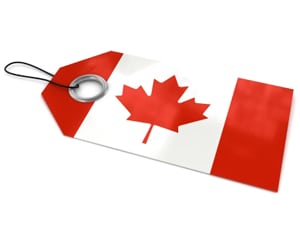 Target this week announced Target Canada president Tony Fisher had departed the company, effective immediately.
Target this week announced Target Canada president Tony Fisher had departed the company, effective immediately.
If you look at Target Canada’s first-quarter net sales of $393 million – a 357% increase over the same period in 2013 – you’ll scratch your head.
But if you follow the story of Target’s big launch into Canada, you’ll get a lesson in how to do business north of the border – whether you are targeting (no pun intended) an online or bricks-and-mortar customer.
Simply put, Target knows its U.S. audience, but failed to understand the Canadian audience.
Chris Parsons of Newegg’s global marketing and business development department talked with me about Target Canada during the Global E-commerce Forum last week in New York City. He told me when Target came to Canada, the company thought it could do things different than it had in the U.S.
But what Target did not understand was how many Canadians did cross-border shopping, and shopped at Target because they like the merchandise selection.
However, Target entered the Canada market in 2013 with a completely different merchandise selection than cross-border shoppers would find in U.S. stores (and at Target.com).
Target had not done its due diligence, and assumed Canadian customers liked shopping with them because of value and price.
And the Canadian operations team, led by Fisher, had two years to figure that out.
Until you really engage with your customer, you won’t understand them. It’s not just about what your metrics tell you or followers on social media. During that two-year getting-to-know-you period, Fisher’s team could have been talking with real live Canadians to find out what makes then loyal Target shoppers.
This brings up another thing problem Parsons told me many U.S.-based retailers (including Newegg) have had to deal with. If you want to win over the Canadian customer, you won’t do it by putting a Canada flag on your site and incorporating it within your logo. Parsons says that’s actually pretty insulting – you have to earn the right to be Canadian.
